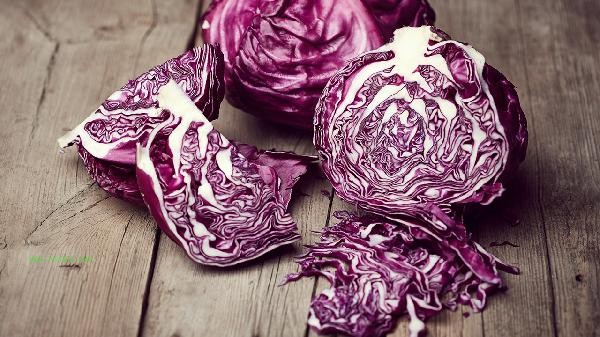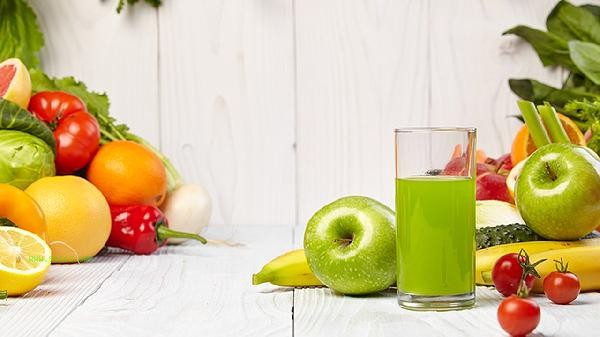Some vegetables are not suitable for refrigeration, mainly tomatoes, cucumbers, green peppers, potatoes, onions, etc. These vegetables are prone to frostbite, spoilage, or nutrient loss in low temperature environments.

1. Tomatoes
Tomatoes will become soft and rotten in low temperature environments, with a poorer taste and a tendency to develop frostbite spots. Low temperature can damage the cell structure of tomatoes, causing the flesh to become moist and lose its original flavor. Tomatoes are suitable for storage in a cool and ventilated place, avoiding direct sunlight. Immature tomatoes can be left at room temperature to continue maturing and consumed as soon as they are ripe.
2. Cucumbers
Cucumbers are sensitive to low temperatures, and refrigeration in the refrigerator can cause water soaked spots on the surface of the cucumber and make the flesh softer. Cucumbers are suitable for storage in a cool and dry place, with the optimal storage temperature being 10-12 degrees Celsius. If short-term storage is required, it can be wrapped in kitchen paper and placed in the refrigerator's vegetable and fruit compartment, but should not exceed 3 days. The cucumber skin has a natural protective film that can accelerate spoilage after cleaning. It is recommended to clean it before consumption.
3. Green Pepper
Green peppers are prone to softening and producing black spots in the refrigerator, and low temperatures can damage the cell wall structure of green peppers. Green peppers are suitable for storage in a cool and ventilated place, avoiding humid environments. Green peppers have a thin skin and are prone to dehydration and wrinkling after refrigeration, which affects their taste and nutritional value. If short-term storage is required, it can be packaged in breathable paper bags and placed in the refrigerator's vegetable and fruit compartment, but should not exceed 5 days.

4. Potatoes
Low temperature in the refrigerator can promote the conversion of starch in potatoes into sugar, resulting in a sweet taste and easy blackening during cooking. Potatoes are suitable for storage in a cool, dry, and well ventilated place, avoiding direct sunlight. refrigerated potatoes may produce more acrylamide during high-temperature cooking, which is a potential harmful substance. Storing potatoes and apples together can delay germination, but potatoes that turn green from sprouting are not edible.
5. Onion
Onion is prone to mold and soften in a humid refrigerator environment, and can absorb the odor of other foods in the refrigerator. Whole onions are suitable for storage in a cool, dry, and well ventilated place. Cut onions can be wrapped in plastic wrap and refrigerated for short-term storage. Onions and potatoes should not be stored together as the gases released by both can accelerate their spoilage. Red skinned onions are more durable and can be stored for a longer period of time than white skinned onions. Proper storage of vegetables helps maintain their freshness and nutritional value. In addition to the above-mentioned vegetables, garlic, pumpkin, sweet potatoes, etc. are also not suitable for long-term refrigeration. Vegetables do not need to be cleaned before storage, as surface moisture can accelerate spoilage. Root vegetables are best stored in paper or mesh bags to maintain ventilation. If leafy vegetables need to be refrigerated, they can be wrapped in kitchen paper and placed in a fresh-keeping box to avoid squeezing. Regularly inspect stored vegetables, promptly dispose of spoiled parts, and avoid cross contamination. Reasonably plan the purchase quantity, try to consume fresh vegetables as much as possible, and reduce storage time.









Comments (0)
Leave a Comment
No comments yet
Be the first to share your thoughts!